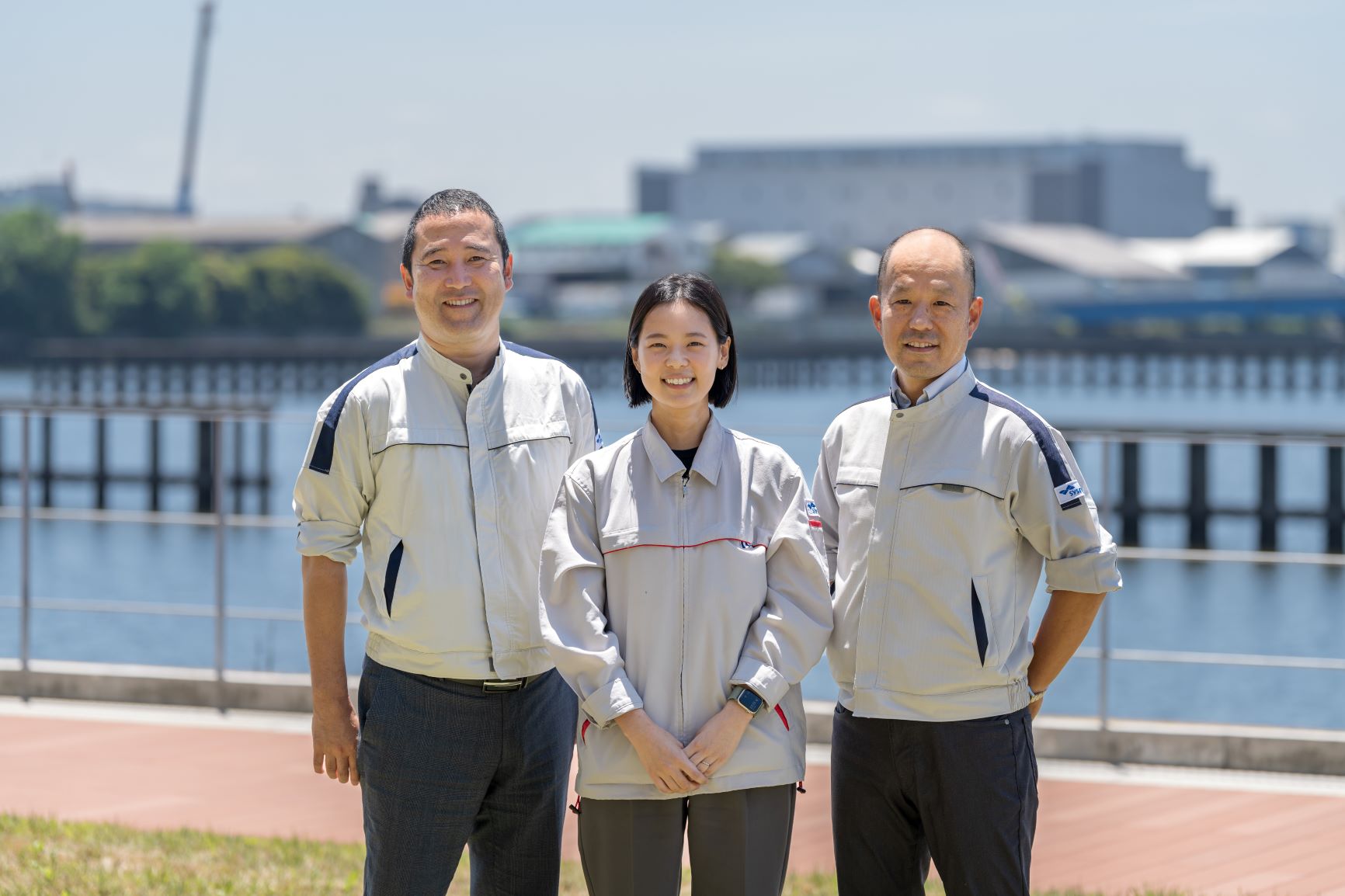We develop various businesses from blood tests to cancer genetic testing to surgical support robots
First of all, tell us about your history and business.
Sysmex Naito: Our headwater dates back to Toa Special Electric Co., Ltd., a leading company in loudspeakers. Taro Nakatani, then vice president, conducted an overseas tour in search of hints for new businesses. When we learn that the healthcare equipment industry is thriving in the United States, we decided to make it the center of our new business and set up an internal medical equipment development laboratory. The first product we developed was an automatic blood cell counting device. Since then, the Medical Equipment Division has continued to grow steadily, and in 1968, it became independent as "Toya Medical Electronics Co., Ltd." Later, the company name was changed to "Sysmex Corporation" and continues to this day.
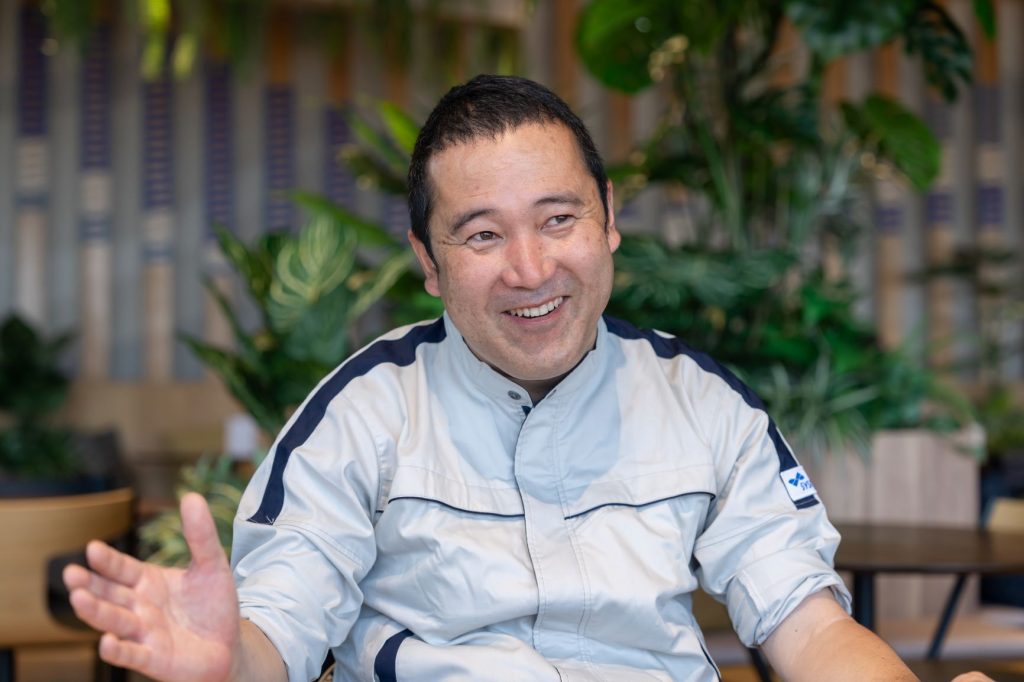
Mr. Sysmex Matsuda: Our business domain is expanding into the world of genetic testing, including immune testing, blood clotting, and cancer gene panel testing, focusing on blood test areas. In addition, we have jointly established "Medicaloid Co., Ltd." with Kawasaki Heavy Industries Ltd., a leading industrial robot company. We are currently challenging a wide range of healthcare businesses, from clinical testing to therapeutic technology, including the development of surgical support robots in an oligopoly state by foreign companies.
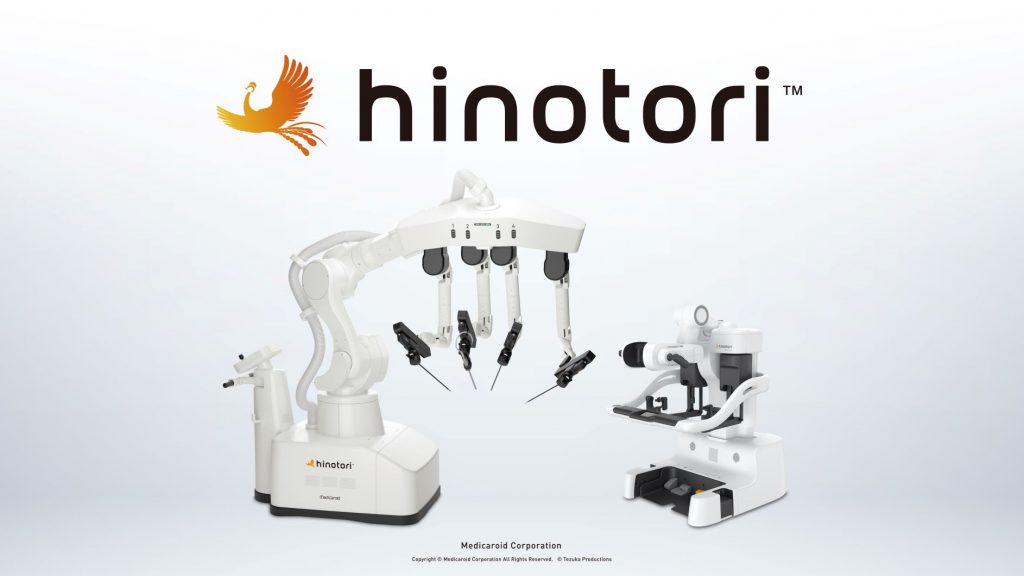
Copyright © Medicaroid Corporation All Rights Reserved. © Tezuka Productions
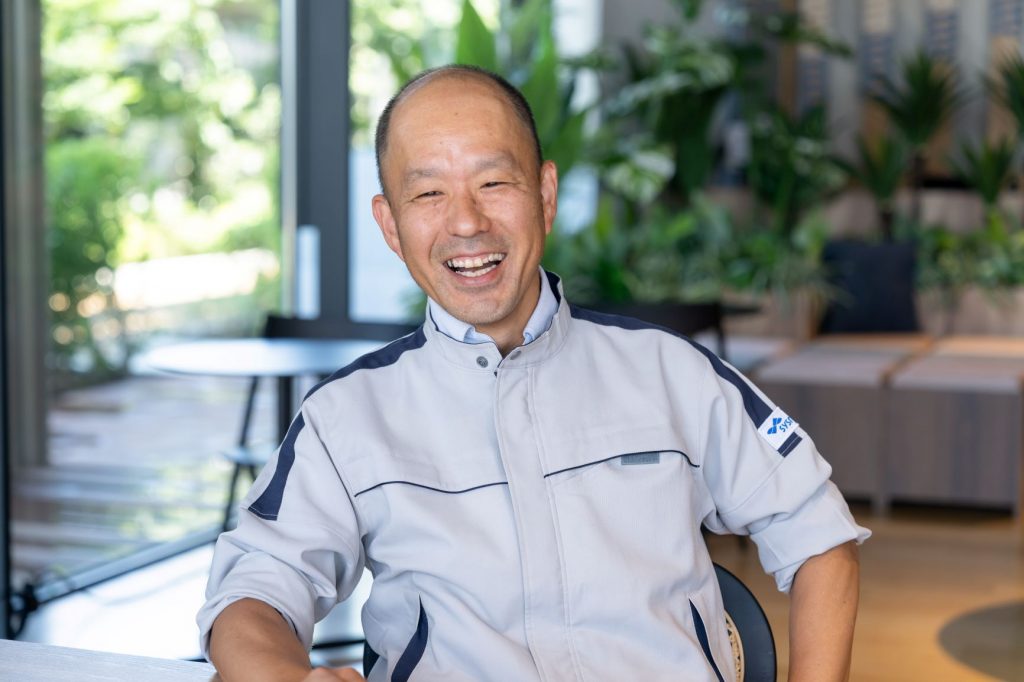
Established Shinkiba Lab with the aim of collaborating with healthcare players in the Kanto region
What inspired you to move into Mitsui Link Lab Shinkiba 2?
Sysmex Naito: Our main R&D base is located in Kobe City, Hyogo Prefecture, where we have been promoting open innovation with Kansai-based players such as Kobe University and Kawasaki Heavy Industries Ltd., but in the future, we wanted to realize open innovation with academia, medical institutions, and startups active in the Kanto region, so we were looking for a location for exchange bases in Tokyo. Therefore, we have decided to open a new lab "Healthcare Science Hub Tokyo" (abbreviation: HCST) at Mitsui Link Lab Shinkiba 2.
HCST was established with the aim of accelerating collaboration with various partners in the Kanto region. In addition to an environment where medical big data and clinical data can be handled safely, our laboratory is equipped with the functions of wet labs (research using samples such as blood and cells, research using actual equipment and chemicals). In order to promote collaboration with external partners, we have also prepared communication areas and collaboration labs.
Why did you choose Mitsui Link Lab Shinkiba 2 as your new base?
Sysmex Naito: Mitsui Link Lab Shinkiba 2 has excellent location conditions, such as good access to transportation from Tokyo Station, and Mitsui Link Lab has a wide variety of players, from ventures to large companies. It was just the right time in terms of timing, and when we visited Mitsui Link Lab Shinkiba 2, it was still before completion, but the person in charge told me that you can choose your favorite room now, and it was also a good point to choose a room where you can see the fireworks of Tokyo Disneyland (laughs).
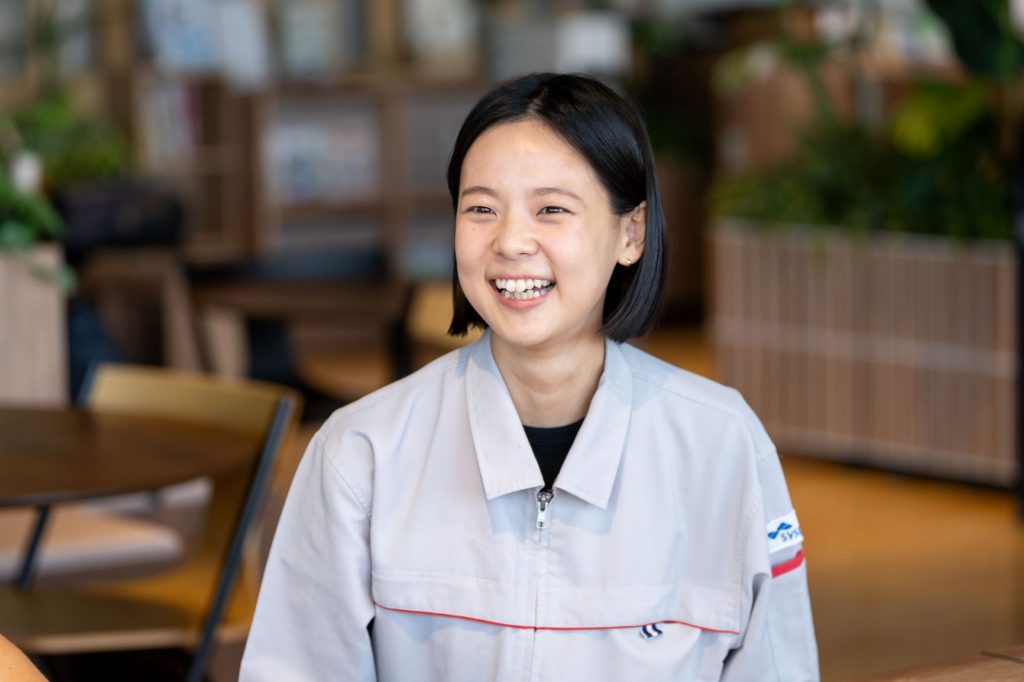
Please tell us your impressions of actually moving in.
Mr. Sysmex Eida: The facilities in the building are substantial, the size is sufficient, and the environment is maintained where experiments can be carried out without inconvenience. Personally, I like the scenery seen from the conference room when I am tired, and these factors contribute greatly to my daily research motivation. Speaking of greed, there is already a common equipment room, but I would like you to go further and introduce "a device that is very expensive but not so often used", and I would be grateful if it could be used at a low price.
Sysmex Naito: Yes, the presence of common equipment is important. On our scale, the equipment you need can be purchased in-house to some extent, but when it comes to confocal microscopes and nuclear magnetic resonance devices, it is not easy to prepare. This is especially true for startups that have just started. If a system that allows these devices to be shared is established, I think it will become even more attractive facilities.
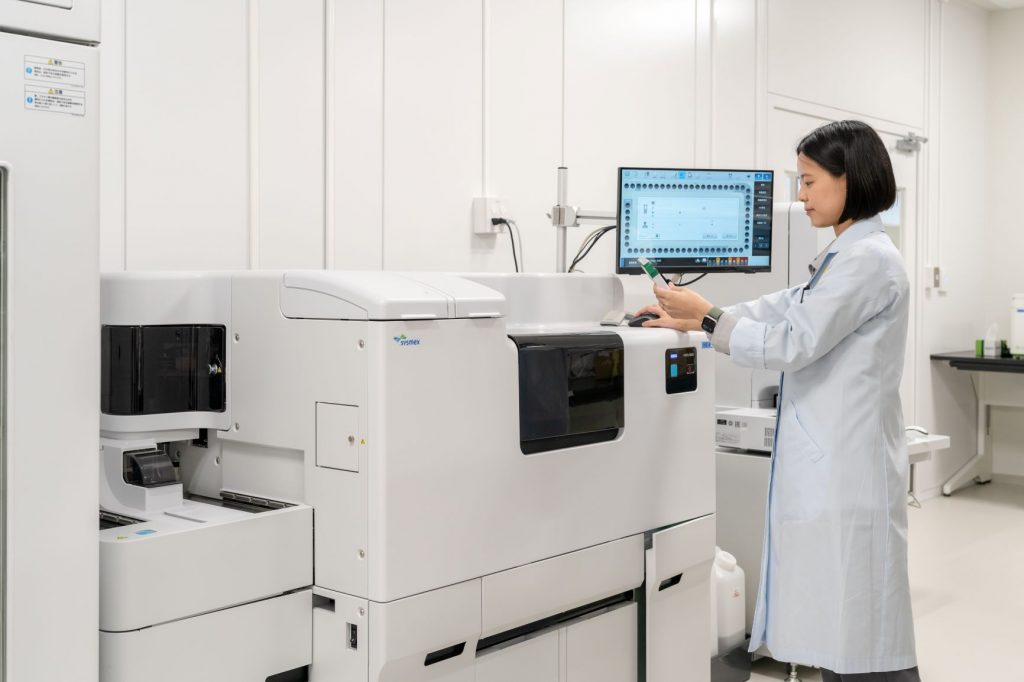
We aim to realize a better healthcare journey through collaboration with outside parties
Is there any interaction between companies moving into Mitsui Link Lab Shinkiba 2?
Sysmex Naito: At Mitsui Link Lab, there is an exchange meeting once every three months, so we meet with various companies there. We also guide the inside of the lab to companies that wish to visit. A person in charge of a company was enthusiastic after visiting our lab, saying, "We would like to create a similar lab by all means." "When you are finished, please show us too." Specific collaborations are coming from now on, but various exchanges have already been born.
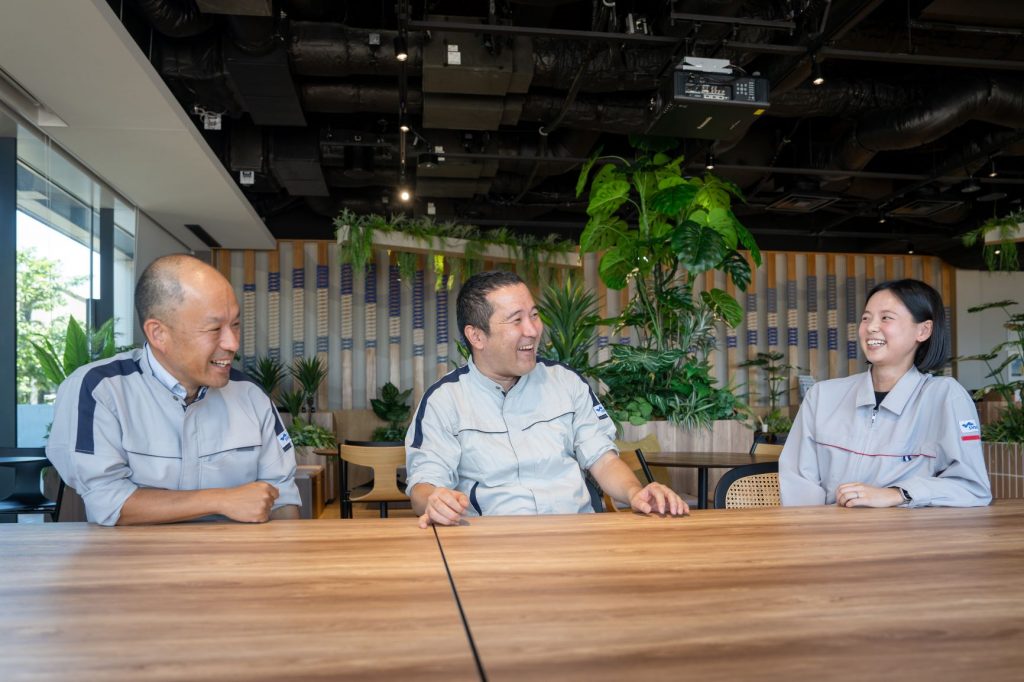
Please tell us about the future you want to realize at Mitsui Link Lab Shinkiba 2.
Sysmex Naito: Our Shinkiba Lab was established as a hub for collaboration with various partners in the Kanto region. We just opened it last year, but we will focus on delivering results firmly. Since Shinkiba Lab is very close to international airports such as Haneda Airport and Narita Airport, we hope to serve as a hub not only in Japan but also overseas partners in the future.
Based on our long-term vision of "Better Health Care Journey Together," we consider the path that many patients walk, from the stage of non-illness to the treatment and post-treatment life, as a "health care journey," and are taking on the challenge of technological development to transform this path into a better one. In order to achieve this, collaboration with various partners, that is, open innovation, is essential. Shinkiba Lab will continue to interact with various partners in order to realize open innovation.

